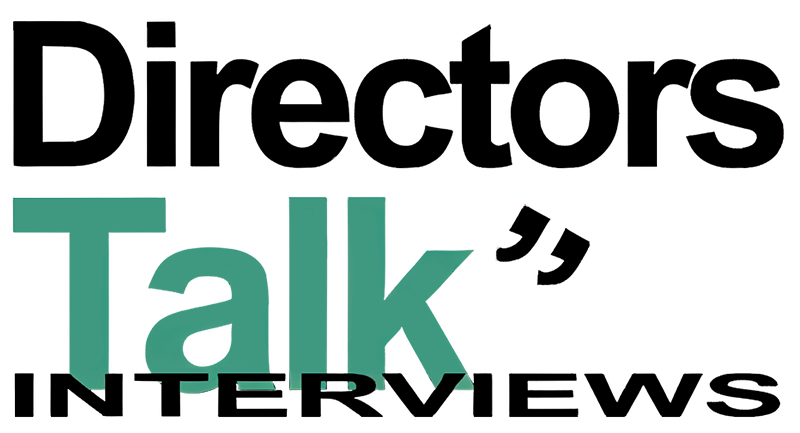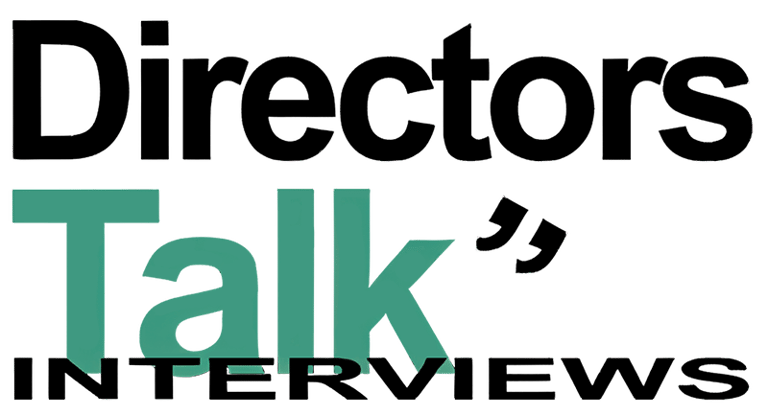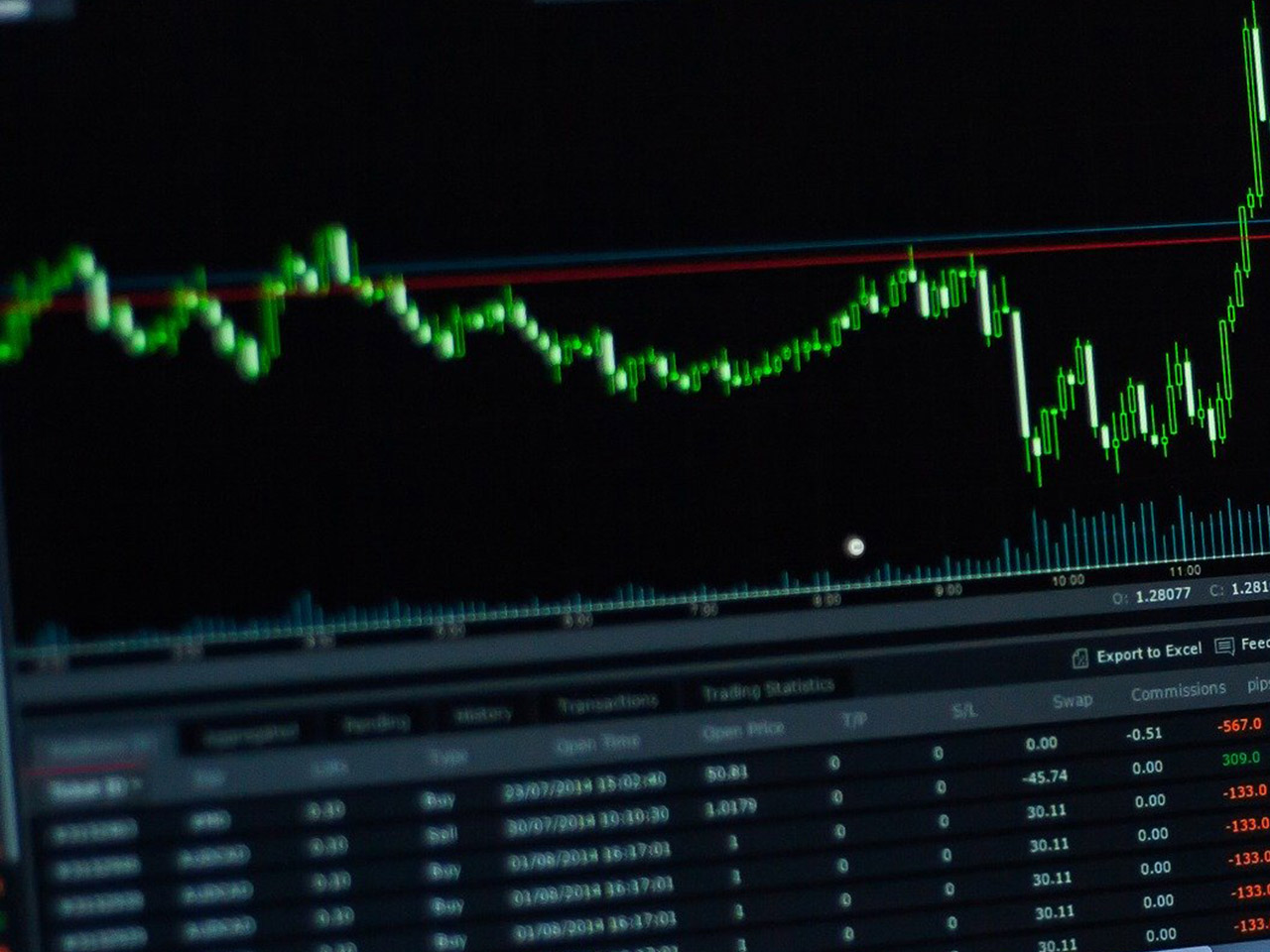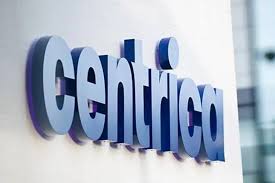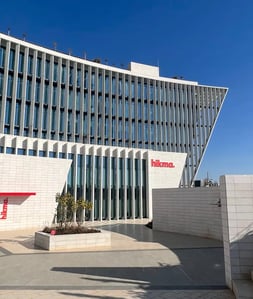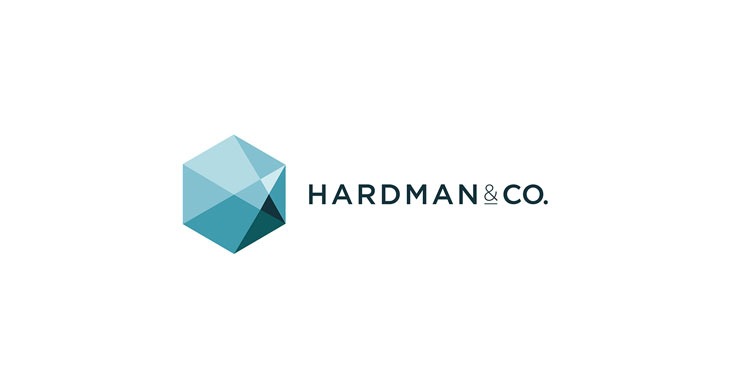Eli Lilly and Company (NYSE: LLY), a stalwart in the healthcare sector, continues to capture investor attention with its robust revenue growth and promising pipeline of pharmaceuticals. With a market capitalization of $696.15 billion, Eli Lilly stands as a formidable player in the drug manufacturing industry. Let’s delve into the financial metrics and market dynamics that define its current investment outlook.
Currently trading at $775.45, Eli Lilly’s stock has seen a slight dip of 0.02% recently. This places its share price towards the lower end of its 52-week range of $713.71 to $960.02. Despite this, the analyst community remains optimistic about the company’s trajectory, with an average target price of $951.98, indicating a potential upside of 22.76%.
Eli Lilly’s forward P/E ratio of 26.18 suggests that investors are willing to pay a premium for its future earnings, reflecting confidence in its growth prospects. This optimism is further bolstered by an impressive revenue growth rate of 45.20%, a standout figure in the industry. The company’s EPS of 12.25 and a remarkable return on equity of 77.28% underscore its ability to generate significant shareholder value.
However, potential investors should note Eli Lilly’s negative free cash flow of -$1.82 billion, a factor that could raise concerns about its cash management and operational efficiency. Despite this, the company maintains a reasonable dividend yield of 0.77%, with a payout ratio of 43.94%, offering a modest income stream for dividend-focused investors.
In terms of market sentiment, Eli Lilly enjoys robust support from analysts, with 23 buy ratings, 4 hold ratings, and only 2 sell ratings. This positive outlook is mirrored in its target price range of $650.00 to $1,190.00, suggesting substantial room for growth.
From a technical perspective, Eli Lilly’s stock is trading below both its 50-day and 200-day moving averages, at $781.59 and $820.05 respectively, which may indicate a short-term bearish sentiment. The RSI (14) stands at 37.81, suggesting the stock is approaching oversold territory, potentially presenting a buying opportunity for investors.
Eli Lilly’s diverse portfolio, which includes treatments for diabetes, oncology, and autoimmune diseases, as well as its strategic partnerships with companies like Incyte Corporation and Roche, positions it well for sustained innovation and market expansion. This diverse pipeline, coupled with strategic collaborations, supports its long-term growth narrative.
Given the current market dynamics and Eli Lilly’s financial health, investors with a focus on long-term growth might find this pharmaceutical giant an attractive addition to their portfolios. While there are some challenges, including cash flow concerns, the company’s revenue growth and strong market position make it a compelling consideration for those looking to capitalize on the evolving healthcare landscape.
